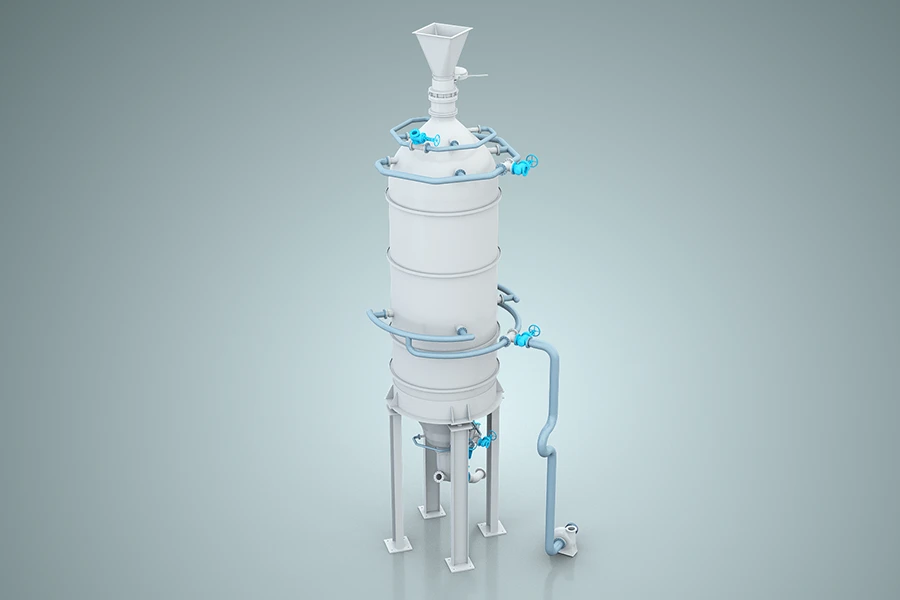Understanding Chemical Pulp Machines: Key Insights for Professionals

Chemical pulp machines are integral to the paper manufacturing industry, focusing on the production of pulp from wood chips and other fibrous materials through chemical processes. These machines utilize various chemicals to break down the lignin that binds cellulose fibers together, enabling the extraction of high-quality pulp. The pulp produced can then be transformed into paper, cardboard, and other cellulose-based products.
One of the primary advantages of using chemical pulp machines is the high yield of cellulose fibers, which is essential for producing strong and durable paper products. The most common chemical pulping processes include the Kraft process and the sulfite process, each with its own set of chemicals and operational parameters that affect the quality and characteristics of the pulp produced.
In the Kraft process, sodium hydroxide and sodium sulfide are used to dissolve lignin and hemicellulose, resulting in a robust pulp that is versatile for various applications. This method is known for producing high-strength paper and is widely employed in industries that require high-quality end products. In contrast, the sulfite process uses sulfurous acid and other sulfite compounds, leading to a bleached pulp with a lighter color. This process is often favored when producing fine papers and specialty products.
Chemical pulp machines are equipped with various components, including digesters, washers, and separators, each playing a crucial role in the pulping process. Digesters, for instance, are pressure vessels where the wood chips and chemicals are combined and heated, facilitating the breakdown of lignin. Subsequent washing and screening stages ensure that the pulp is free from impurities and ready for further processing.
Moreover, maintaining the efficiency and effectiveness of chemical pulp machines is vital for optimizing production. Regular maintenance and monitoring of chemical concentrations, temperatures, and pressure levels are essential to ensure consistent pulp quality and minimize operational issues. Innovations in automation and control systems have also enhanced the performance of these machines, allowing for real-time adjustments and improved resource management.
In conclusion, understanding the intricacies of chemical pulp machines is crucial for professionals in the paper processing machinery industry. By leveraging the benefits of chemical pulping methods, manufacturers can produce high-quality pulp that meets the demanding standards of various paper products. Staying informed about the latest advancements and best practices in chemical pulping will enable professionals to make informed decisions and enhance their production capabilities.
One of the primary advantages of using chemical pulp machines is the high yield of cellulose fibers, which is essential for producing strong and durable paper products. The most common chemical pulping processes include the Kraft process and the sulfite process, each with its own set of chemicals and operational parameters that affect the quality and characteristics of the pulp produced.
In the Kraft process, sodium hydroxide and sodium sulfide are used to dissolve lignin and hemicellulose, resulting in a robust pulp that is versatile for various applications. This method is known for producing high-strength paper and is widely employed in industries that require high-quality end products. In contrast, the sulfite process uses sulfurous acid and other sulfite compounds, leading to a bleached pulp with a lighter color. This process is often favored when producing fine papers and specialty products.
Chemical pulp machines are equipped with various components, including digesters, washers, and separators, each playing a crucial role in the pulping process. Digesters, for instance, are pressure vessels where the wood chips and chemicals are combined and heated, facilitating the breakdown of lignin. Subsequent washing and screening stages ensure that the pulp is free from impurities and ready for further processing.
Moreover, maintaining the efficiency and effectiveness of chemical pulp machines is vital for optimizing production. Regular maintenance and monitoring of chemical concentrations, temperatures, and pressure levels are essential to ensure consistent pulp quality and minimize operational issues. Innovations in automation and control systems have also enhanced the performance of these machines, allowing for real-time adjustments and improved resource management.
In conclusion, understanding the intricacies of chemical pulp machines is crucial for professionals in the paper processing machinery industry. By leveraging the benefits of chemical pulping methods, manufacturers can produce high-quality pulp that meets the demanding standards of various paper products. Staying informed about the latest advancements and best practices in chemical pulping will enable professionals to make informed decisions and enhance their production capabilities.


评论
发表评论